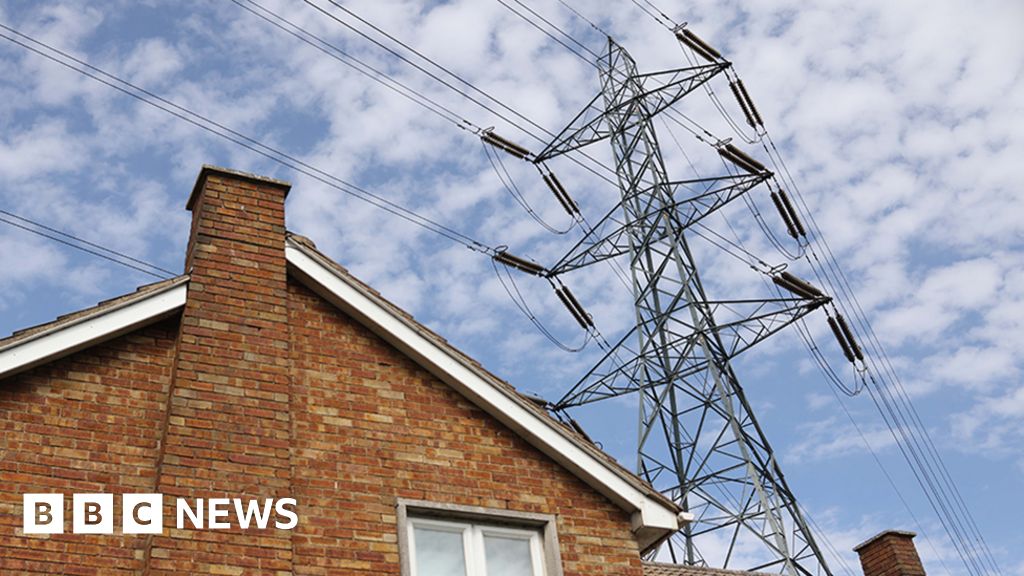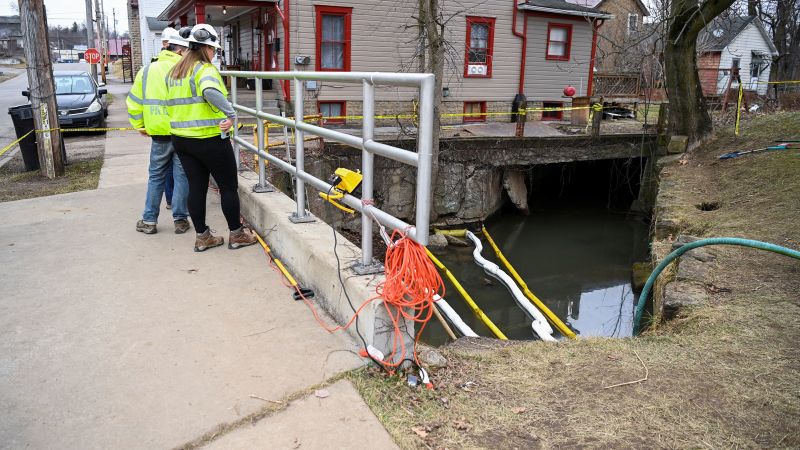There is a lower risk of electricity blackouts this winter compared to last, according to National Grid, thanks to increased generation and the ability to manage demand.
This year the UK was “in a different position”, it said in a report.
Chances of the lights going out were almost back to where they were before the energy crisis, it said.
Chances of the lights going out were almost back to where they were before the energy crisis, it said.
Craig Dyke, head of national control at National Grid’s Electricity System Operator (ESO), which is responsible for balancing demand and supply on the network, said the main change this year was a “big uptick” in overall capacity.
On top of that, “stress events” from last year had faded, Mr Dyke said, such as lower gas stores in western Europe following the war in Ukraine and a reduction in electricity supplies from France’s nuclear power stations.
“Compared to last year it is almost going back to around where it was before last winter,” said Mr Dyke.
“So the risks that we talked about last year, the probability of them occurring, are much, much lower.”
An increase in industrial-scale battery storage would also make a difference, helping to smooth demand-supply imbalances, he said.
There is a lower risk of electricity blackouts this winter compared to last, according to National Grid, thanks to increased generation and the ability to manage demand.
Chances of the lights going out were almost back to where they were before the energy crisis, it said.
This year the UK was “in a different position”, it said in a report.
Craig Dyke, head of national control at National Grid’s Electricity System Operator (ESO), which is responsible for balancing demand and supply on the network, said the main change this year was a “big uptick” in overall capacity.
Chances of the lights going out were almost back to where they were before the energy crisis, it said.
Chances of the lights going out were almost back to where they were before the energy crisis, it said.
Craig Dyke, head of national control at National Grid’s Electricity System Operator (ESO), which is responsible for balancing demand and supply on the network, said the main change this year was a “big uptick” in overall capacity.
On top of that, “stress events” from last year had faded, Mr Dyke said, such as lower gas stores in western Europe following the war in Ukraine and a reduction in electricity supplies from France’s nuclear power stations.
“Compared to last year it is almost going back to around where it was before last winter,” said Mr Dyke.
“So the risks that we talked about last year, the probability of them occurring, are much, much lower.”
An increase in industrial-scale battery storage would also make a difference, helping to smooth demand-supply imbalances, he said.
#Blackouts #winter #National #Grid
Note:- (Not all news on the site expresses the point of view of the site, but we transmit this news automatically and translate it through programmatic technology on the site and not from a human editor. The content is auto-generated from a syndicated feed.))



